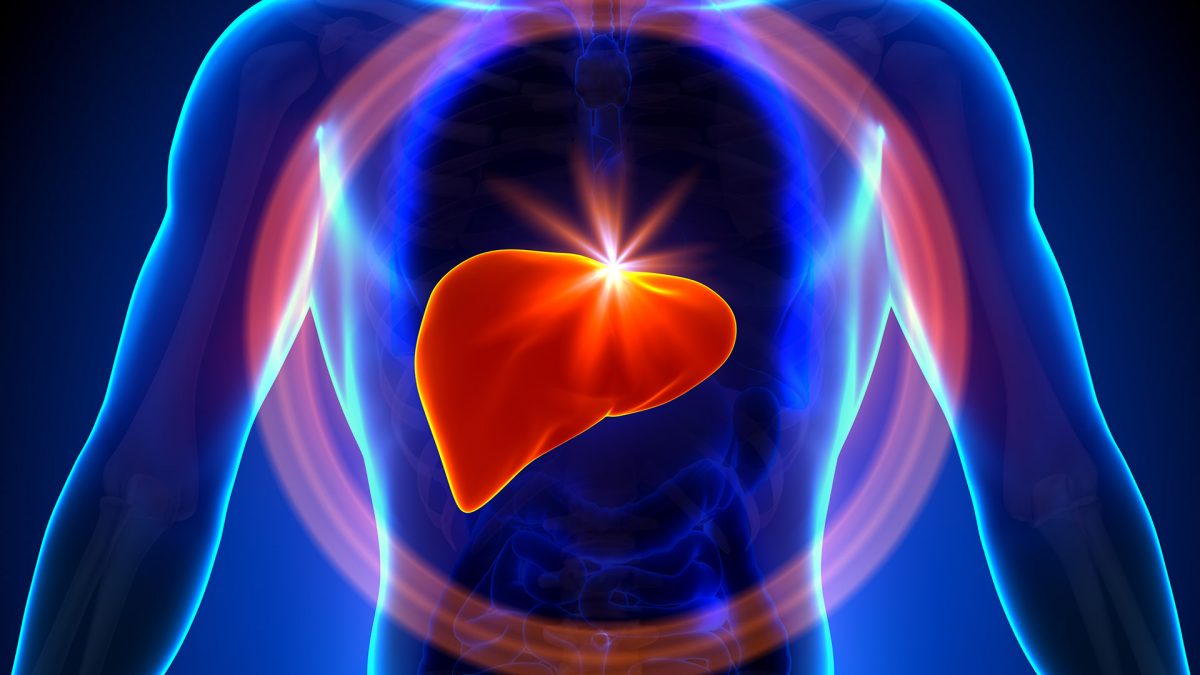
What Your Sleep Position Says About Your Health
1. Sleeping on Your Back (Supine Position)
“The Soldier” or “The Starfish”
This one’s often seen as the “ideal” sleep position by doctors and physiotherapists.
If you sleep flat on your back, either with arms by your side or above your head, you might be giving your spine the best alignment.
Pros:
Keeps your spine, neck, and head aligned
Reduces pressure on joints
Can help prevent wrinkles (face isn’t squished into a pillow!)
Best for acid reflux (especially with a slightly elevated pillow)
Cons:
Can make snoring or sleep apnea worse
Might cause lower back pain if not supported with a pillow under knees
Health Tip:
Add a small pillow under your knees to ease back pressure. And if you snore, try sleeping slightly propped up.
2. Sleeping on Your Side (Especially Left Side)
“The Fetal Position” or “The Thinker”
One of the most popular positions—especially among women. Side sleeping is natural, comfortable, and often your body’s way of protecting itself.
Pros:
Reduces acid reflux (especially on the left side)
Can improve digestion
Great for pregnancy—improves blood flow to baby
Helps with snoring and sleep apnea
Cons:
Can lead to shoulder or hip pain
Wrinkles may form more on the side of the face you sleep on
Curling up too tightly (fetal) might restrict deep breathing
Health Tip:
Use a supportive pillow between your knees to reduce hip strain and keep your spine straight—not curled in like a shrimp.
3. Sleeping on Your Stomach (Prone Position)
“The Freefaller”
This is the most controversial position. While some people love it and swear they sleep best this way, most experts say it’s the hardest on the body.
Pros:
Can reduce snoring in some people
May feel comforting for stress or anxiety (pressure on front of body = grounding)
Cons:
Puts strain on neck and spine (your head is twisted)
Can cause numbness or tingling in arms due to nerve compression
Increases risk of neck pain, lower back stiffness, and facial wrinkles
Health Tip:
If you must sleep on your stomach, use a very soft pillow or none at all—and place a pillow under your hips to reduce back strain.
4. The Fetal Position (Curled-Up Side Sleep)
A variation of side sleeping—knees pulled close, back rounded, hands near the face.
Pros:
Feels comforting and secure
Common in people who feel emotionally safe that way
Can be great during menstruation or when feeling bloated
Cons:
Can restrict breathing if curled too tightly
May lead to joint stiffness or body aches
Health Tip:
Try straightening your legs a bit, keeping a pillow between your knees, and opening up your chest slightly.
So… What’s the Best Sleep Position?
There’s no one perfect answer for everyone. The best position is the one that lets you wake up pain-free, well-rested, and relaxed.
But generally:
Back sleeping is great for spine health, but not ideal for snorers.
Side sleeping (especially on the left) is best for digestion, pregnancy, and snoring.
Stomach sleeping should be minimized or adjusted carefully.
Most people shift positions 20–40 times a night. That’s normal. Your body moves to stay comfortable and safe. Because sleep isn’t just about hours. It’s also about how your body rests during those hours.










